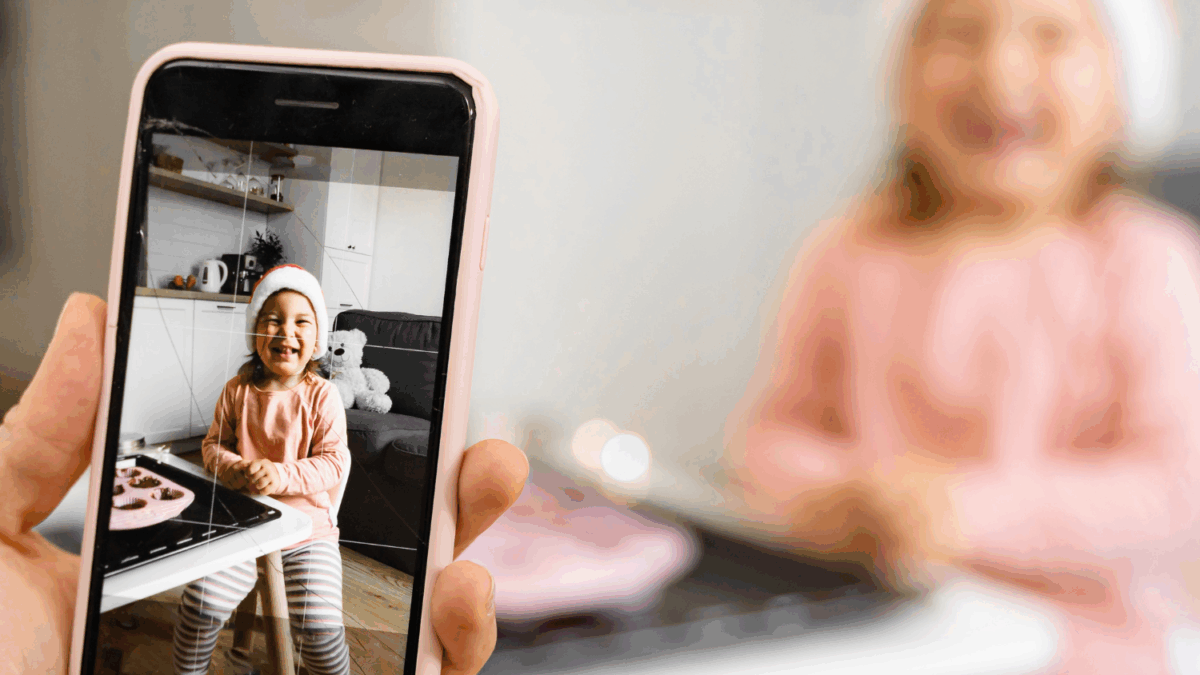By: the Dakota Children’s Advocacy Center
We often talk about managing children’s digital use, but what about caregivers? Social media is full of toddler milestones, first-day photos, and everyday memories—but what if children don’t want these shared? “Sharenting” refers to adults regularly, and sometimes excessively, posting content about their children online. Oversharing can include not only photos but also personal, developmental, and medical details. Even when done with love, these posts can have lasting consequences.
The Risks
Frequent posting can affect a child’s identity and self-image, especially if they’re prompted to perform for the camera. It can also expose them to real dangers. Strangers can manipulate images with AI, cyberbullies can repurpose content, and predators may gain access to personal details. Remember, more than 90% of the time, offenders are people the child knows, so don’t assume a private social media page solves these problems.
What Caregivers Can Do
Regularly check in with your children about what’s shared online. Privacy preferences evolve over time, so what they’re comfortable with one year may change the next. Consider ways to share memories—such as blurring a child’s face or using group chats instead—without posting a child’s face publicly.
If children agree to photos, set clear boundaries about how many you’ll take or how often to post. It’s easy to get caught up in capturing moments and forget to simply enjoy them.
Finally, teaching children that they can say “no” to being photographed reinforces their sense of bodily autonomy and consent. If they don’t feel empowered to make these choices with trusted adults, they may be less likely to assert their boundaries in more serious situations.
Information adapted from https://www.childrenandscreens.org.

